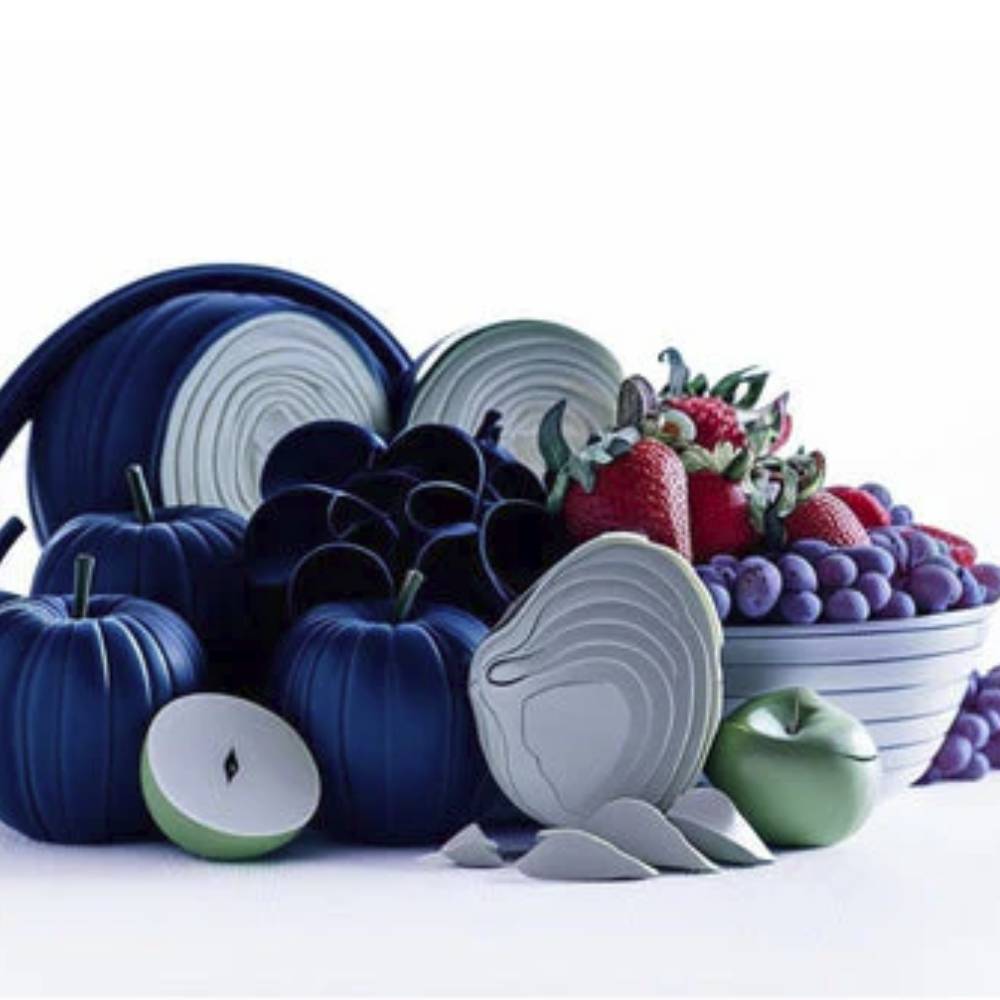Food-safe 3D printing filament refers to materials specifically designed for use in applications where the printed object comes into contact with food or beverages. These filaments are made from non-toxic materials and manufactured to meet safety standards that minimize the risk of contamination or chemical leaching into food. Here’s what you need to know:
Common Food-Safe 3D Printing Filament Types
-
PLA (Polylactic Acid):
- Made from natural sources like corn starch.
- Generally considered safe, but additives or dyes in some variants may not be food-safe.
- Requires food-grade certification to ensure safety.
-
PETG (Polyethylene Terephthalate Glycol):
- Known for its durability and resistance to moisture.
- Often used in food and beverage containers.
- Food-safe if manufactured without harmful additives.
-
Nylon (Polyamide):
- Durable and heat-resistant.
- Some variants are food-safe, but they can be more porous, which may harbor bacteria if not sealed.
-
Polypropylene (PP):
- Excellent for food-safe applications due to its low porosity and flexibility.
- Resistant to chemicals and heat.
Key Considerations for Food Safety
-
Filament Certification:
- Ensure the filament is labeled as "food-safe" or "food-grade."
- Look for certifications such as FDA compliance (in the US) or similar regulatory approvals.
-
Printer Components:
- Use a 3D printer with food-safe components. Brass nozzles can contain lead, which may contaminate the filament.
- Consider stainless steel nozzles or coatings like PTFE.
-
Post-Processing:
- Smooth the surface of the print to reduce crevices where bacteria can grow.
- Apply food-safe coatings or sealants to the object for added protection.
-
Avoid Cross-Contamination:
- Dedicate your printer and tools for food-safe projects if possible.
Applications of Food-Safe Filaments
- Custom cookie cutters
- Molds for chocolate or baking
- Utensils like spoons and spatulas
- Food containers or lids
- Drinkware
Always verify that your materials and printing practices align with local safety standards to ensure that the final product is genuinely food-safe.
In the end your judgement is required regarding the use of the item. For example, a cookie cutter is unlikely to cause any issues but items are that are going to be heated or extensively used may need more consideration.

